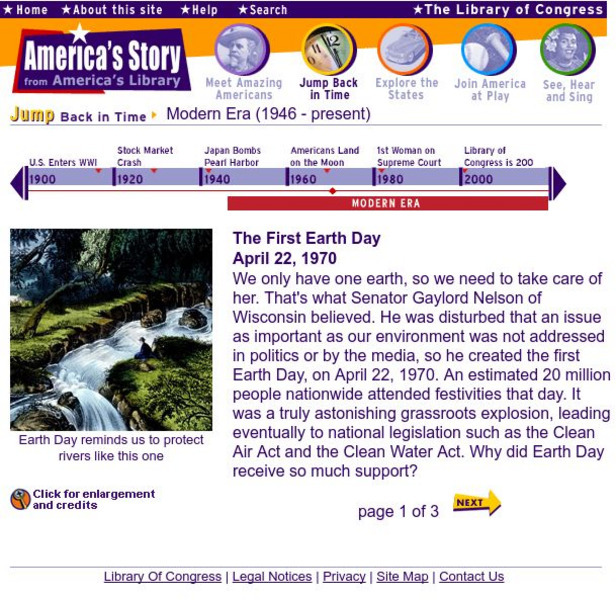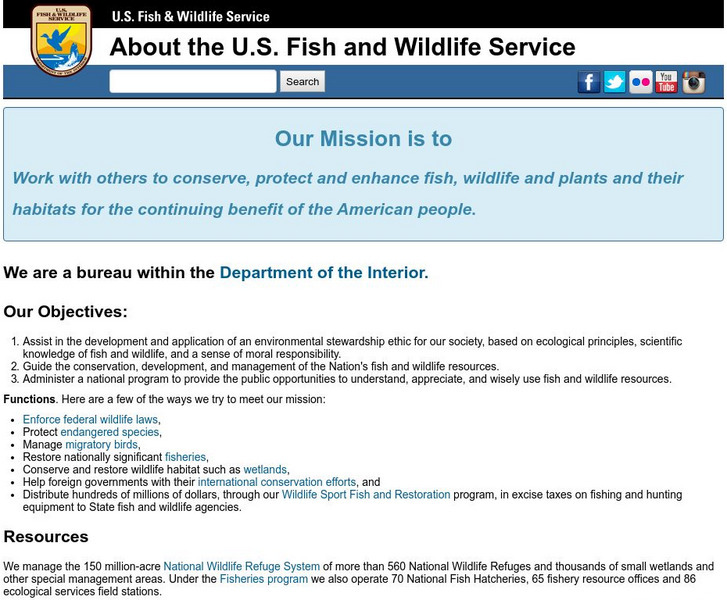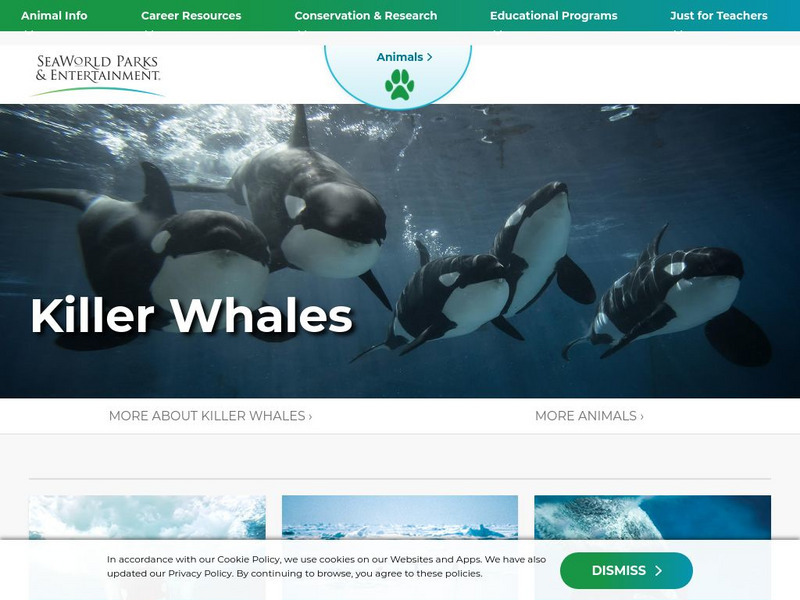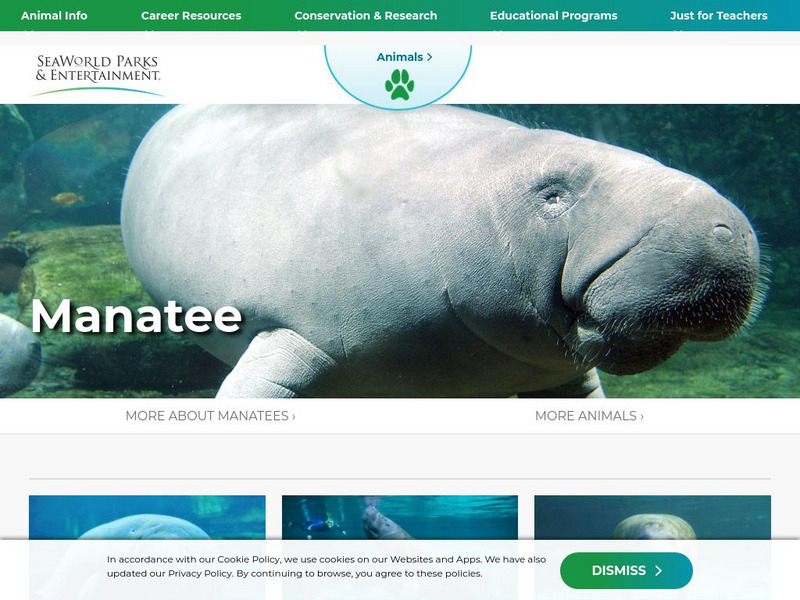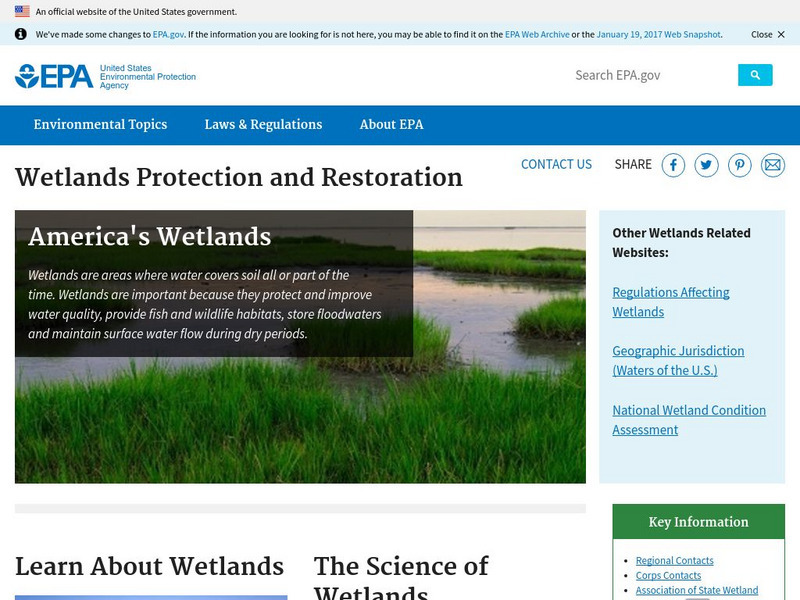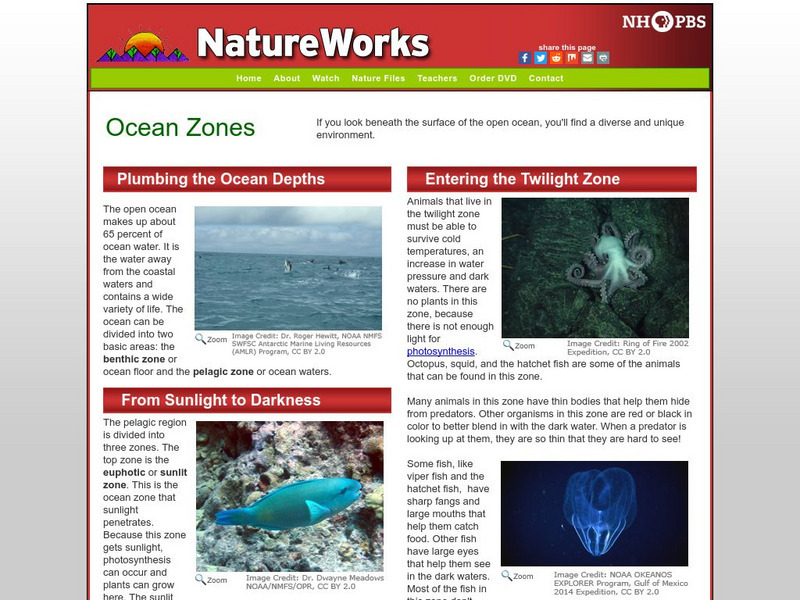Other
Earth Day Canada: Eco Kids: Take Speed Showers
Learn here how to conserve water by taking a shorter shower! By being mindful of how long we keep the shower running, we can help save a lot of water and energy.
Other
Earth Day Canada: Eco Kids: Use a Reusable Water Bottle
Did you know that used bottles and cans often end up in landfills or worse, in our lakes and oceans or on the ground as litter! This pollution hurts birds, turtles, and other wildlife. These are some of the reasons why we should use...
Texas Instruments
Texas Instruments: Jason: Pinniped Body Shape Conserving Warmth
From Shore to Sea: To survive in cold ocean environments an organism's body must be adapted to life under water. A body will cool very quickly when in contact with water. The body shape of an organism is one adaptation that helps to...
Environduck
Enviroduck: Greener Home Saving Energy With Hvac and Hot Water
Conserve energy at home with these hvac, heating and air conditioning, and hot water tips.
US Environmental Protection Agency
Epa: Where Does Your Water Come From? [Pdf]
Where does your drinking water come from? This resource features a clear and concise explanation for this question. This resource will be beneficial to students and teachers.
Center for Educational Technologies
Nasa Classroom of the Future: Florida Everglades
This site is full of information and activities to help learn about the Florida Everglades, a unique wetland environment, and its future.
NOAA
Noaa: National Ocean Service Education: Nonpoint Source Pollution
Illustrated tutorial explains nonpoint source pollution and its role in the health of the environment. Students learn about different sources of pollution and how these pollutants contaminate the land, air, and water. Click on the links...
Alabama Learning Exchange
Alex: Tad the Tadpole
Tad the Tadpole is designed to demonstrate how pollution in various areas affects wildlife in their native habitats. The lesson plan is designed to stress the importance of conservation for animals and their surrounding environment. Upon...
Other
Grace Communications Foundation: Energy Program
Promoting responsible energy choices and environmentally conscious government policies, NNEC provides information on energy and agriculture, the nexus of energy and water, complexities of power plants, natural gas fracking, energy...
Library of Congress
Loc: America's Story: The First Earth Day
You would think that the environment has always been a priority but that's not the case. In 1970, a U.S. Senator was disturbed by the lack of concern for our environment and proposed the first Earth Day. Use this site to learn more from...
Other
K 3 Learning pages.com: Earth Day Links
How can you celebrate Earth Day in your classroom? This collection features several downloadable Earth Day worksheets including word searches and coloring pages. Students and teachers can plan the perfect way to recognize the environment.
Other
Planet Ark: World Environmental News
Welcome to Planet Ark's daily Reuters World Environment News - the most comprehensive source of environmental news on the Net. To read previous news stories, please use the search engine below to find stories relating to any...
US Fish and Wildlife Service
U.s. Fish and Wildlife Service
Outlines the role of the Fish and Wildlife Service in protecting, conserving, and researching the fish and wildlife of the United States. Includes information about the role of DDT and its environmental effects.
PBS
Nh Pbs: Nature Works: Estuaries
Learn more about estuaries when you visit this informative site. This resource provides locations of and weblinks to estuaries in the United States.
National Institutes of Health
Nih: Reduce, Reuse, Recycle
Reduce, Reuse, Recycle - Three great ways YOU can eliminate waste and protect your environment!Waste, and how we choose to handle it, affects our world's environment-that's YOUR environment. The environment is everything around you...
Sea World Parks & Entertainment
Sea World: Killer Whales
Outlines the characteristics of the killer whale, including classification, habitat, behaviors, and conservation. Helps students identify with whales with a list of "Books for Young Readers." Information at a level of upper intermediate...
Sea World Parks & Entertainment
Sea World: Manatees
Outlines the characteristics of the manatee, including classification, habitat, behaviors, and conservation. Helps students identify with manatees with a list of "Books for Young Readers." Information at a level of upper intermediate or...
Canadian Wildlife Federation
Hinterland Who's Who: Seabirds
Get the facts about seabirds. This group of birds makes up about three percent of the various species, even though two-thirds of the Earth is covered in water. Learn some unique facts and characteristics of seabirds. Also included in...
Annenberg Foundation
Annenberg Learner: Teaching Geography: Global Economy
Take a close look into two vastly different global regions and delve into the effects the environment has on the respective economies. A video presents areas in Southeast Asia pertaining to the global economy and areas in the United...
Environduck
Enviroduck: Green Transportation Environmentally Friendly Transport
Learn how green transportation such as cars, autos, busses, and trains can help our environment.
US Environmental Protection Agency
Epa:wetlands Protection and Restoration
Why have more than half of America's original wetlands been destroyed? What are the benefits of wildlife to people and the environment? Where are wetlands found? Find out the answers to these questions here.
Tramline
Tramline: Getting Green Virtual Field Trip
In this comprehensive website, students will learn about different forms of pollution, environmental impact of pollution, global warming, and things they can do to make a difference.
PBS
Nh Pbs: Nature Works: Ocean Zones
Discover more about the underocean environment at this site that surveys animals, environmental factors such as light and temperature, currents, animals, plants, and the like.
Science Education Resource Center at Carleton College
Serc: Microbial Life: Los Angeles and the Future of Mono Lake: Web Quest
Student WebQuest studying biodiversity, preservation, and natural history. Students act as political advisors exploring Mono Lake's life forms the impact humans have on the environment. After researching the issues, students create a...
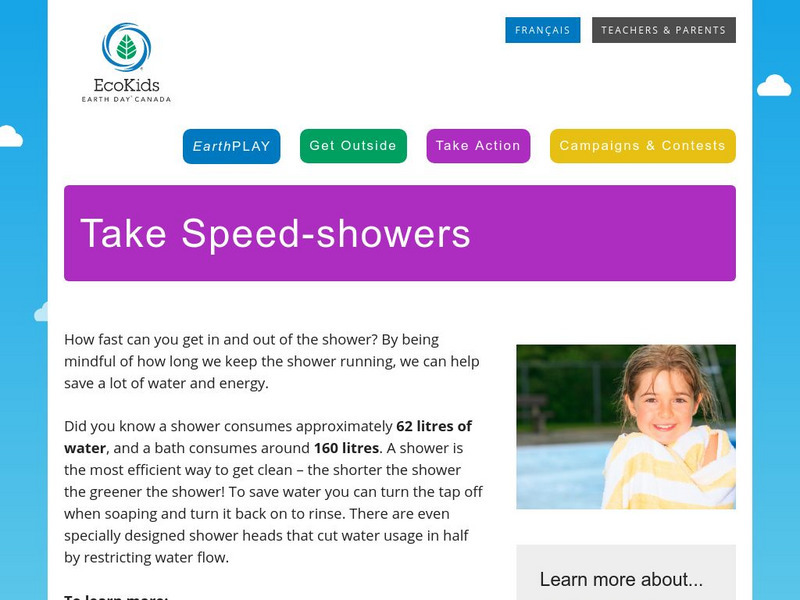



![Epa: Where Does Your Water Come From? [Pdf] Lesson Plan Epa: Where Does Your Water Come From? [Pdf] Lesson Plan](https://content.lessonplanet.com/knovation/original/41160-83ff7c05b0f0460206fa551d2700d8dc.jpg?1661270414)




